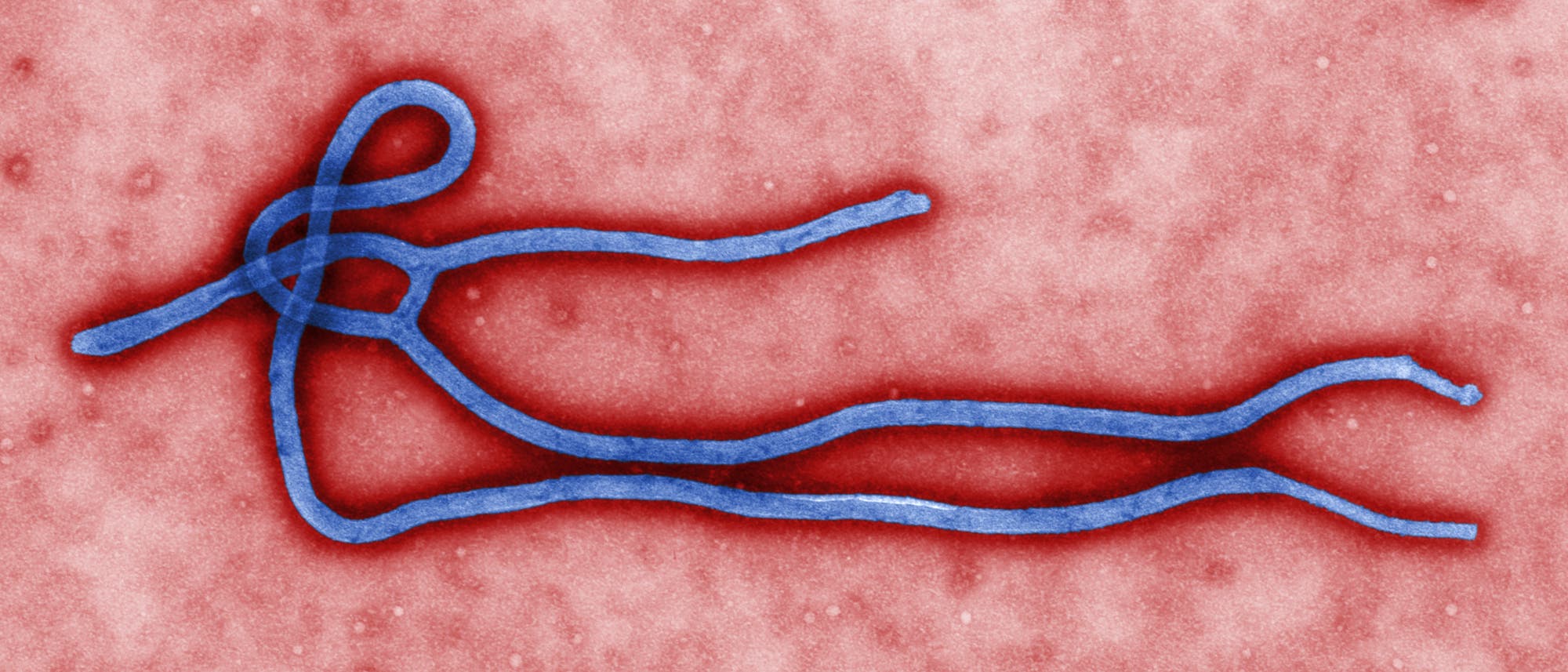Recent Developments in Ebola Virus Disease

Introduction
Ebola virus disease (EVD) remains a critical public health issue, particularly in regions of Africa where outbreaks have occurred sporadically since its discovery in 1976. Its significance is underscored by its high mortality rate and the potential for international spread. Understanding the ongoing challenges and responses to EVD is essential for global health security.
Current Situation
As of October 2023, several countries in West Africa are on alert following the emergence of new cases linked to ongoing natural reservoirs. The Democratic Republic of the Congo continues to grapple with periodic outbreaks, with health authorities working tirelessly to manage and contain the situation. In August 2023, a report confirmed six new cases in the northern region of Équateur, igniting fears of a broader resurgence. Local health officials are deploying rapid response teams and vaccination campaigns, reminiscent of successful efforts employed during previous outbreaks.
Preventive Measures
The World Health Organization (WHO) has intensified its efforts to provide vaccines, diagnostic tools, and treatment protocols to affected regions. Ring vaccination strategies, previously employed during the epidemic from 2014 to 2016, are being revisited as the most effective method to curb transmission. Vaccines such as rVSV-ZEBOV have shown efficacy and are being stockpiled in anticipation of potential outbreaks. Furthermore, heightened surveillance and community education play crucial roles in managing and preventing infections.
Impact on Global Health
The sporadic nature of Ebola outbreaks presents unique challenges in global health governance. These incidents remind us of the fragility of health systems in affected countries, where healthcare resources are often scarce. EVD not only stresses local health services but also poses a significant risk of international spread, necessitating a coordinated response from the global community. Continuous funding for research and development of effective vaccines and treatments remains critical.
Conclusion
As we observe developments in the fight against Ebola virus disease, the health community must remain vigilant. Predicting the future trajectory of EVD is complex, with potential for both localized outbreaks and wider implications. Strengthening healthcare infrastructure, ensuring rapid response abilities, and fostering international collaboration are vital to managing EVD effectively. The commitment to public health and continued vigilance will be paramount in safeguarding populations and preventing future outbreaks.
